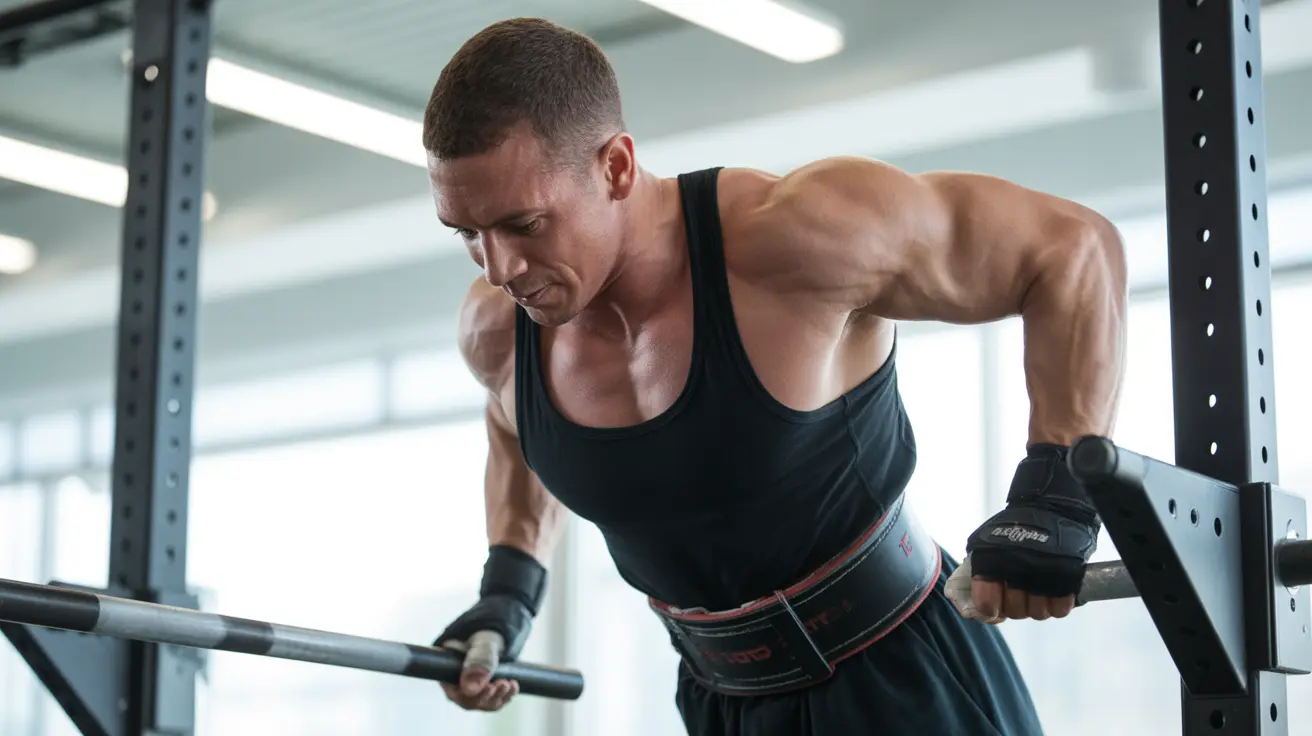Weighted dips are an advanced strength training exercise that builds upon traditional bodyweight dips by adding external resistance. This challenging compound movement is particularly effective for developing upper body strength and muscle mass. Understanding the muscles worked during weighted dips and proper execution is crucial for maximizing benefits while minimizing injury risk.
Primary Muscles Targeted in Weighted Dips
Weighted dips engage multiple muscle groups simultaneously, making them an efficient upper body exercise. The primary muscles worked include:
- Lower chest (pectoralis major)
- Front deltoids (anterior deltoids)
- Triceps brachii
- Serratus anterior
These muscles work synergistically during the movement, with the chest and triceps handling the majority of the load while the shoulders provide crucial stability and support.
Equipment and Weight Selection
To perform weighted dips safely, you'll need appropriate equipment and careful weight progression. Essential equipment includes:
- Dip belt with chain
- Weight plates
- Sturdy parallel bars or dip station
- Optional: weighted vest
Start with a weight that allows you to maintain proper form for 8-12 repetitions. Gradually increase the load as your strength improves, typically in 2.5-5 pound increments.
Proper Form and Technique
Maintaining correct form during weighted dips is essential for both safety and effectiveness:
Starting Position
- Grip the parallel bars firmly
- Keep shoulders pulled back and down
- Maintain a slight forward lean
- Cross ankles behind you
Movement Pattern
- Lower body controlled until upper arms are parallel to ground
- Keep elbows close to body
- Push through palms to return to start position
- Maintain controlled breathing throughout
Benefits of Adding Weight to Dips
Incorporating weight into your dip routine offers several advantages over standard bodyweight dips:
- Increased strength development
- Enhanced muscle hypertrophy
- Improved power output
- Greater progressive overload potential
- Better carryover to other pressing movements
Common Variations and Modifications
Different variations of weighted dips can target specific muscle groups more intensely:
Forward Lean Variation
A greater forward lean emphasizes chest engagement while reducing triceps involvement.
Upright Position
A more vertical torso position shifts focus to the triceps while decreasing chest activation.
Tempo Modifications
Adjusting the speed of execution can enhance time under tension and muscle development.
Frequently Asked Questions
What muscles do weighted dips primarily target and how do they work during the exercise?
Weighted dips primarily target the chest (pectoralis major), triceps, and anterior deltoids. During the movement, the chest controls horizontal adduction, the triceps extend the elbow, and the shoulders provide stabilization throughout the range of motion.
How do I safely add weight to dips and what equipment can I use for weighted dips?
Use a dip belt secured around your waist with weight plates attached via chain. Start with a modest weight and progress gradually. Alternatively, you can use a weighted vest. Ensure all equipment is properly secured before beginning the exercise.
What are the benefits of weighted dips compared to regular bodyweight dips?
Weighted dips provide greater muscle and strength gains through progressive overload, which isn't as readily available with bodyweight dips alone. They also enable continued progression once bodyweight dips become too easy.
How should I maintain proper form during weighted dips to avoid injury?
Keep your shoulders pulled back and down, maintain a slight forward lean, and control the descent. Avoid excessive forward lean or letting your shoulders roll forward. Keep your core engaged and move through a full range of motion while maintaining control.
What are common variations of weighted dips and how do they change which muscles are worked?
Variations include adjusting torso angle (more upright for triceps, more forward lean for chest), changing grip width, and modifying tempo. Each variation shifts emphasis between the primary muscle groups while maintaining the compound nature of the exercise.




